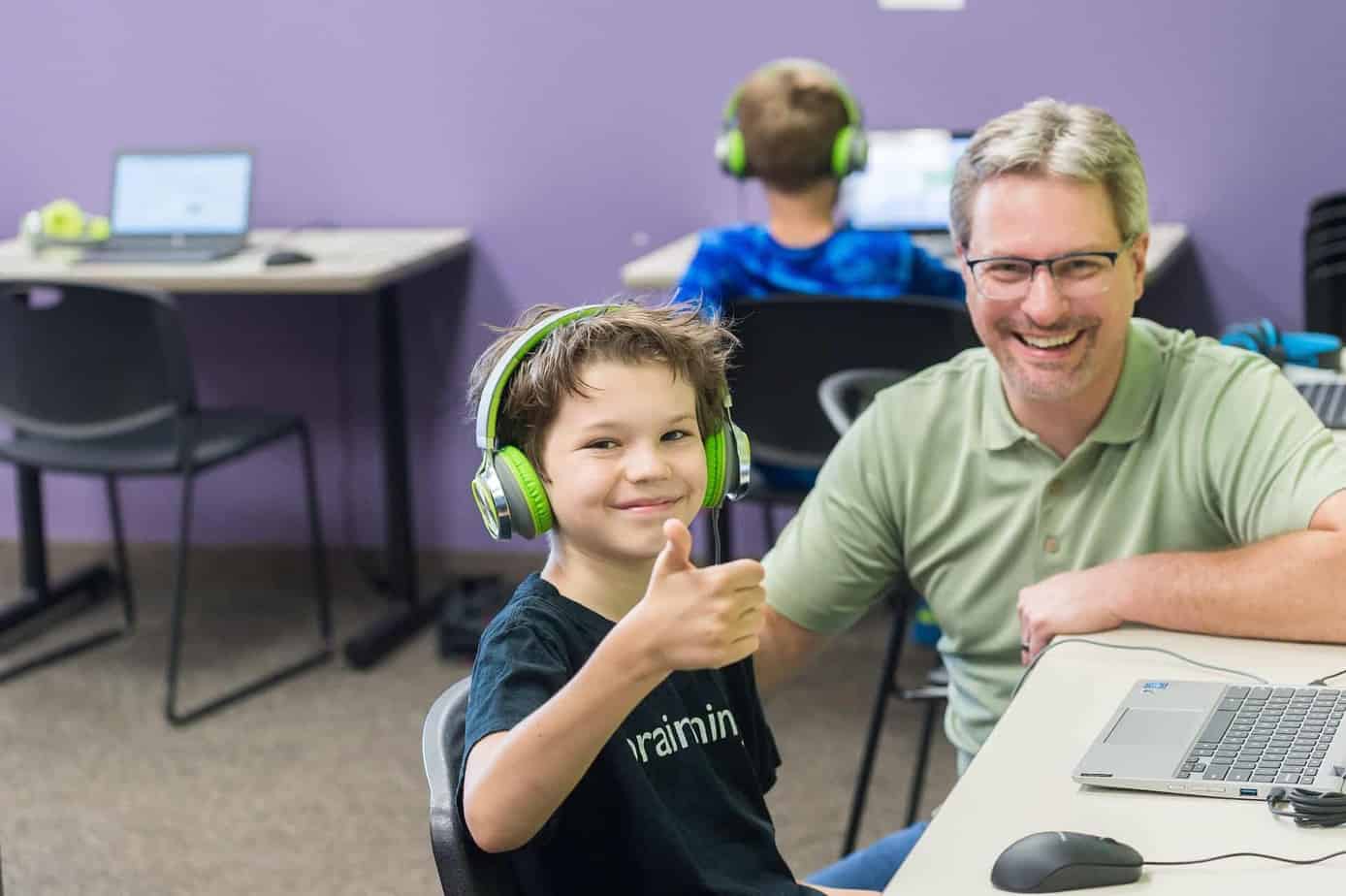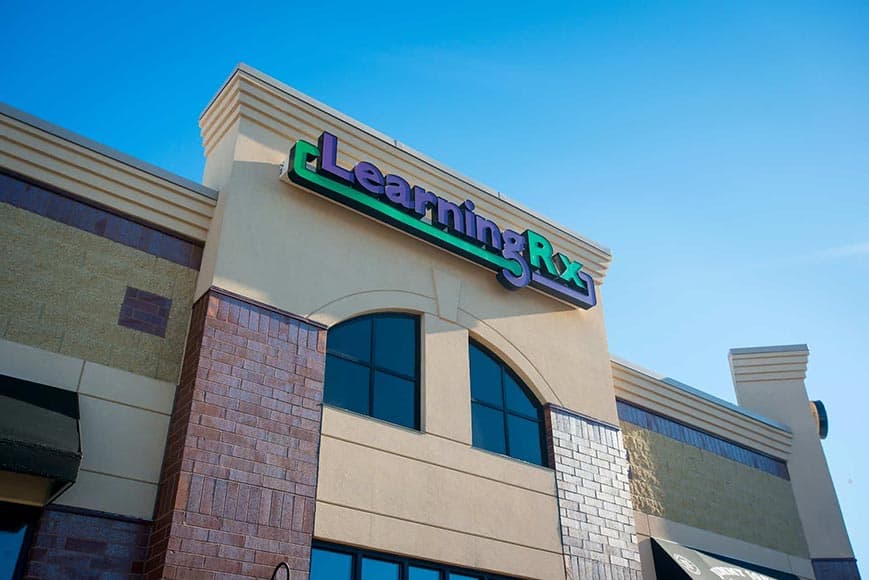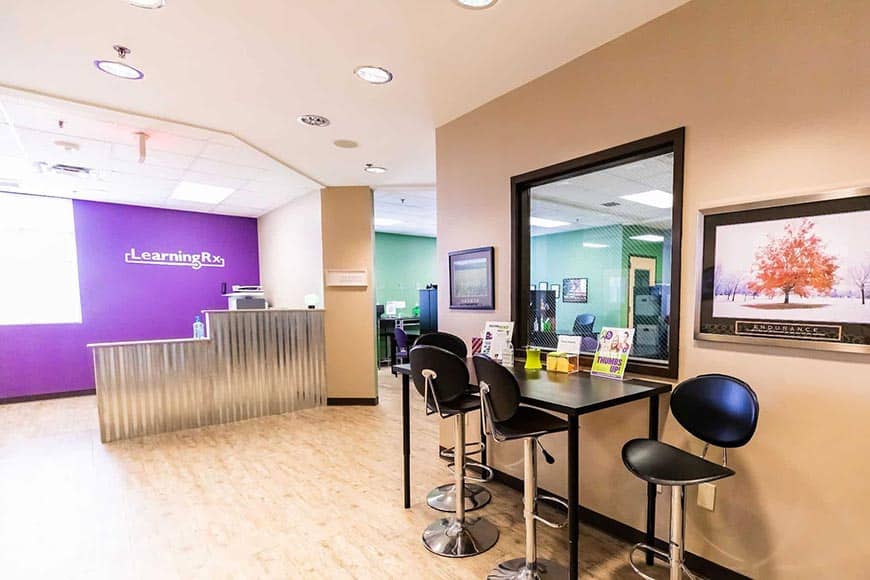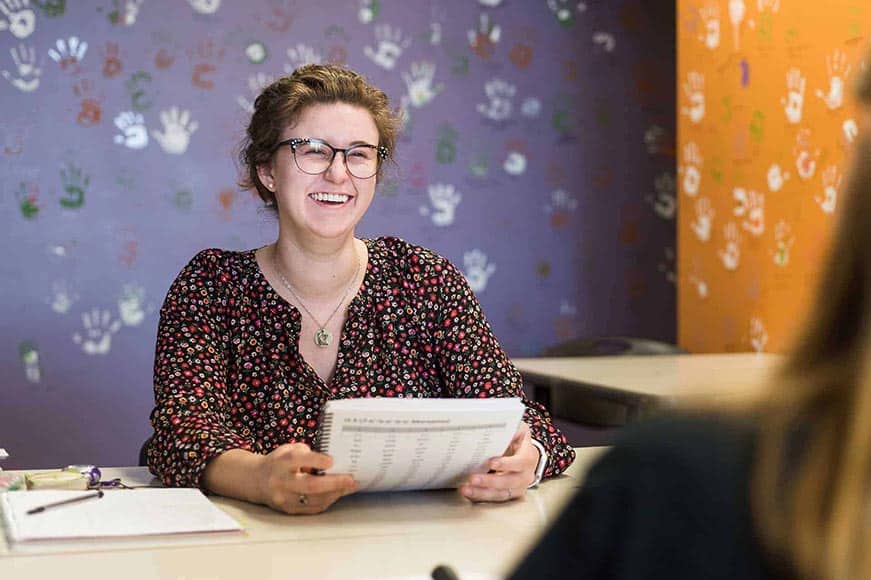Think Outside the Box: Understanding Potential Interventions for Struggling Students
As a parent, you want to see your child thrive in school. But sometimes, despite your (and their) best efforts, kids can find themselves struggling academically. It’s hard to know what interventions might be most effective for your student’s particular challenges, and some parents end up tossing time and money at the first option that presents itself. Unfortunately, your first (or even SECOND) guess doesn’t always provide an effective solution. To help you start your search for alternative interventions for struggling students, we’ve put together a list of some interventions, including how they work and who may benefit from each type of program.
1. Classroom accommodations
Although accommodating a student’s special learning needs can be beneficial, they can also be detrimental to a child’s self-esteem. Giving a student more time for a test, for example, may leave them feeling excluded from the next activity. Likewise, sending students to a room alone to prevent distractions doesn’t address the root cause of their learning struggle. Consider using accommodations as a short-term solution but continue to look for interventions that tackle the root of the learning struggle.
2. Tutoring
While tutoring has its place in helping students get “caught up” on material they missed the first time, it’s important to note that this is largely an academic solution to a knowledge-based issue. Think of tutoring as teaching or reteaching material that was missed the first time, such as due to an extended illness or a mid-school year move. The tutor is there to present history facts, math formulas or general instruction on information. But if the student’s cognitive skills prevent them from learning quickly and easily, “rehashing” information may not help them learn, understand or remember the material. As with classroom accommodations, tutoring doesn’t address the underlying struggle associated with one or more weak cognitive skills.
3. Test prep courses
Designed to increase students’ performance on standardized tests, such as the SAT or ACT, test prep courses serve a specific purpose. This effective intervention provides mock tests to allow students to familiarize themselves with time management, content and format before taking the actual exam. Some test-prep courses include strategies that include identifying context clues, using visual aids, narrowing down multiple-choice questions to improve your chances of guessing correctly, and mnemonics. But again, as is the case with classroom accommodations and tutoring, test prep courses aren’t designed to get to the root cause of learning struggles.
4. Neurofeedback
Also known as “EEG biofeedback,” neurofeedback helps exercise the brain and train neural pathways to improve learning. The noninvasive and painless technique uses technology to bring abnormally fast or slow brain waves into the “normal” range. Taking advantage of neuroplasticity (the brain’s ability to form and reorganize synaptic connections), neurofeedback has proven to be a successful intervention for a variety of brain-related conditions, including ADHD, depression, anxiety and PTSD, among others.
5. Personal brain training
Sometimes referred to as “one-on-one cognitive skills training,” personal brain training programs use a series of games, drills and mental exercises to target and train the root cause of learning struggles: the brain’s learning and thinking skills. Programs are custom designed for each student based on the results of an initial Brain Skills Assessment, which identifies which cognitive skills are strong and which could benefit from training. Each student is paired with their own brain trainer, who uses a personalized learning plan to target and train any brain skills in need of a boost.
Think of it like a personal trainer at the gym—but for the brain! Using science-backed techniques, such as loading, repetition, positive feedback and intensity, students quickly build confidence as they make progress through the fun but challenging exercises.
And because personal brain training targets the root cause of each student’s unique learning struggle, the programs have helped children, teens and adults with a spectrum of learning differences, including ADHD, autism, dyslexia, dyscalculia (trouble with math) and even memory-related issues caused by concussions. Cognitive skills training can be done in person or online with a personal brain trainer.
7. Occupational therapy
One of the most holistic interventions for struggling students is occupational therapy (OT). The intervention addresses the physical, cognitive, psychosocial and sensory components of performance. In a school setting, OT practitioners focus on not only academics, but also social participation, self-care skills, play and leisure, transitions, and academics.
Occupational therapists may combine multiple interventions to help with everything from fine motor skills and sensory processing to self-help skills and self-regulating arousal levels. Practitioners often work in a school environment to integrate accommodations inside and outside the classroom.
Something to Remember When Trying Interventions for Struggling Students
If you’re searching for help to maximize your student’s learning potential, it’s worth doing your “homework” to better understand the types of interventions that are available in your area. If you’ve tried something in the past without the results you were looking for, don’t give up! You may have just tried to put a square peg in a round hole. The right solution may be right around the corner waiting to give your student their best year yet!







